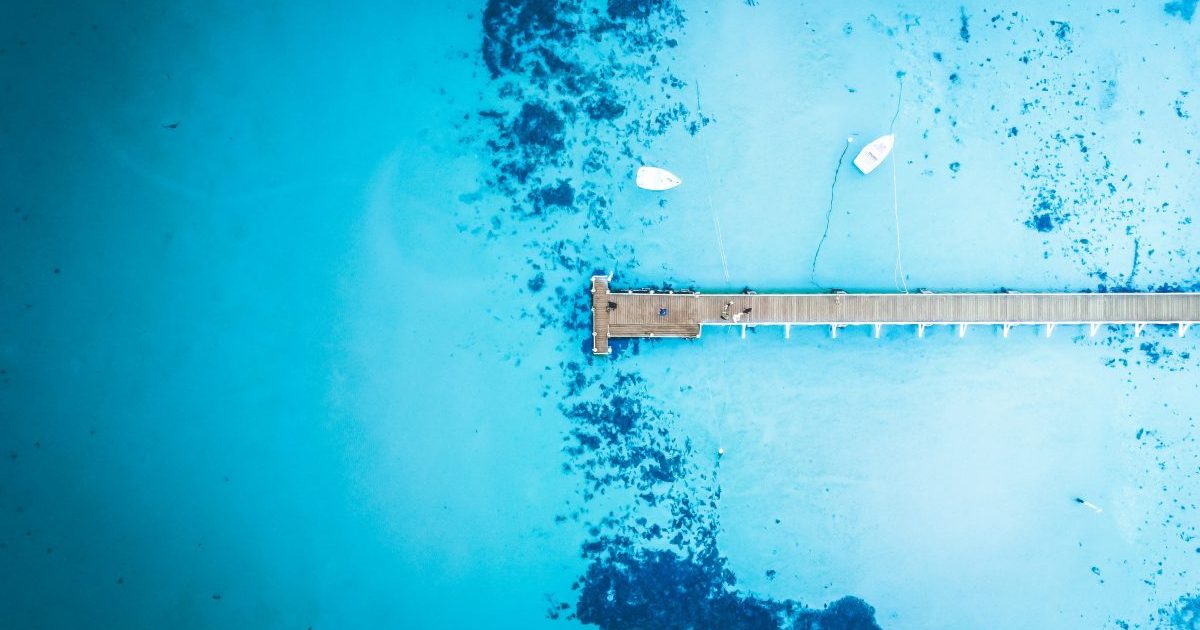
A million year old lake in Albania has been hiding an 8,000 year old secret – the oldest lakeside settlement ever found in Europe.
Discovered by researchers excavating at Lin, on the Albanian side of Lake Ohrid, the submerged settlement is located on the border with North Macedonia at the bottom of what is believed to be one of the oldest lakes in the world.
The ancient village was built on stilts and surrounded by wooden spikes that served as a layer of protection, but has sunk to beneath the waters where it lay undiscovered for centuries.
Radiocarbon dating indicates that the village beneath Lake Ohrid was constructed between 6000 and 5800 BCE, making it potentially more than a thousand years older than the previous settlement to hold the title of oldest settlement on the continent.
“It is several hundred years older than previously known lake-dwelling sites in the Mediterranean and Alpine regions,” Professor Albert Hafner from the University of Bern told AFP. “To our knowledge, it is the oldest in Europe.”
The settlement is believed to have been home to between 200-500 people, according to Hafner and his team of Swiss and Albanian archaeologists.
It was surrounded by thousands of spiked planks, so many that Hafner believes they changed the ecology around their town.
“To protect themselves in this way, they had to cut down a forest,” said Hafner.
The why remains a question, as researchers have yet to identify what was so threatening as to necessitate the extra protection.
But all that wood serves a new purpose now, helping the archaeologists properly date the settlement.
Analysis of the tree rings from the planks helps the team reconstruct the daily life of the area’s inhabitants—providing “valuable insights into the climatic and environmental conditions” from the period, said Albanian archaeologist Adrian Anastasi.
“Oak is like a Swiss watch, very precise, like a calendar,” said Hafner.
“In order to understand the structure of this prehistoric site without damaging it, we are conducting very meticulous research, moving very slowly and very carefully,” added Anastasi, who heads the team of Albanian researchers.
Researchers are also trying to understand why they built their village on stilts, a very difficult task that would have only been undertaken if absolutely necessary.
“Building their village on stilts was a complex task, very complicated, very difficult, and it’s important to understand why these people made this choice,” said Anastasi.
As they continue to uncover more information and artifacts from the site, they can construct a better picture of who these people were and why they built their settlement the way they did.
There is much to be gleaned from the work and excitement around the discovery.
“These are key prehistoric sites that are of interest not only to the region but to the whole of southwest Europe,” said Hafner.
It might be years until we get some answers, but much has been learned about one of the oldest settlements in Europe.
Thought that was fascinating? Here’s another story you might like: Why You’ll Never See A Great White Shark In An Aquarium